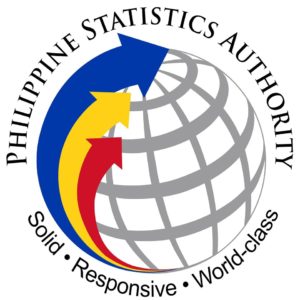The Philippine economy returned to red in terms of the amount of dollars it spent in the first month of this year outpacing the amount it earned in its transactions with the rest of the world, according to the latest data from the central bank.
In a statement, the Bangko Sentral ng Pilipinas (BSP) said that the country’s overall position for its balance of payments (BOP)—the total net value of the economy’s dealings with foreign parties—posted a deficit of $1.36 billion in January 2020.
This marked a reversal from the $2.7-billion dollar flow surplus recorded in the same month last year, and was also the first monthly net outflow of hard currency from the country since June 2019.
“The balance of payments deficit in the first month of the year reflected mainly the outflows arising from the national government’s foreign currency withdrawals, which were used largely to pay its foreign currency debt obligations as well as net outflows in foreign portfolio investments,” the central bank said.
“These outflows were partly offset, however, by inflows representing the BSP’s net foreign exchange operations and income from its investments abroad during the month in review,” it added.
The balance of payments position reflects the final gross international reserves level of $86.87 billion as of end-January 2020.
“This dollar reserve level represents ample liquidity buffer equivalent to 7.6 months’ worth of imports of goods and payments of services and primary income. It is also equivalent to 5.4 times the country’s short-term external debt based on original maturity and 4 times based on residual maturity,” the central bank said
In general, a surplus of dollar inflows into the local economy supports the value of the peso against the US dollar in the foreign exchange market, while a dollar flow deficit has the opposite effect.
The Philippines ended last year with a balance of payments surplus of $7.8 billion which was its highest level in seven years, coming off a $2.3-billion deficit in 2018.
This year central bank authorities expect net dollar inflows to the Philippines at least $3 billion, driven mainly by remittances from expatriate Filipino workers, tourism receipts, as well as earnings from the country’s business process outsourcing industry.
Edited by TSB


